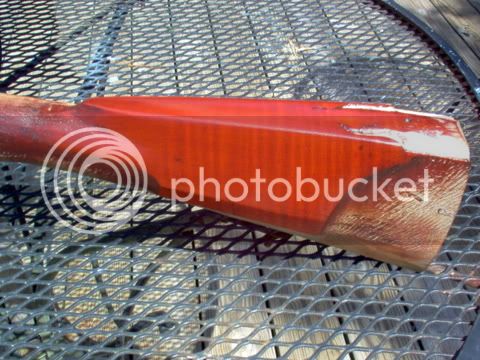Dragon's Blood
Scientific names: Croton lechleri
Common names: Dragon's blood also is known as sangre de grado, sangre de drago, and drago.
Efficacy-safety rating:
Ã’Ã’...Ethno or other evidence of efficacy.
Safety rating:
â—...Little exposure or very minor concerns.
What is Dragon's Blood used for?
Traditional/Ethnobotanical uses
Sangre de grado, Spanish for “blood of the dragon,” has a long history of use for both the bark and the resin. An early reference dating back to the 1600s notes that Spanish explorer P. Bernabe Cobo found the sap was being used by indigenous tribes throughout Peru and Ecuador. C. lechleri resin and bark are used in traditional medicine in South America. They used it internally and externally to stop bleeding, help heal wounds, and treat intestinal problems. Studies regarding this plant date back to the late 1970s. Preparations made from dragon's blood are found in several pharmaceutical products, some of them patented
Wound-healer/Antiviral
Dragon's blood has been used for its antiviral and wound-healing effects. Taspine, a component of dragon's blood, has been documented to have anti-inflammatory and wound-healing actions. Taspine and a proanthocyanidin component also have been shown to have antiviral activities. Animal and laboratory tests have shown some promise for the use of dragon's blood for these medicinal effects. To date, there are no human clinical studies verifying these effects.
GI effects
Dragon's blood also plays a role in GI health. Practitioners are reporting it beneficial for stomach ulcers, ulcerative colitis, and Crohn's disease when taken internally. Preparations made from dragon's blood are found in several pharmaceutical products, some of them patented. A patent describing use of the proanthocyanidin polymer from croton species (SP-303) as an antidiarrheal was issued to Shaman Pharmaceuticals, Inc. USA. A clinical trial of the principal ingredient (SP-303) in patients with HIV-associated diarrhea demonstrated beneficial effects. This important “rainforest resource” has several uses that have been validated by several studies.
What is the dosage of Dragon's Blood?
The standardized dragon's blood product SP-303 (Provir) has been studied for diarrhea at doses of 125 to 500 mg daily.
Is Dragon's Blood safe?
Contraindications
Contraindications have not yet been identified.
Pregnancy/nursing
Information regarding safety and efficacy in pregnancy and lactation is lacking.
Interactions
None well documented.
Side Effects
There have been no major toxicities reported with the use of dragon's blood.
Toxicities
No data available.
References
1. Dragon's Blood. Review of Natural Products. factsandcomparisons4.0 [online]. 2004. Available from Wolters Kluwer Health, Inc. Accessed April 16, 2007.
Copyright © 2006 Wolters Kluwer Health
Treat Diabetes Naturally
High Blood Sugar can be controlled for about 80 cents/day. Here's how.[url]
alohamedicinals.com[/url]
Lower Your Blood Pressure
Lower High Blood Pressure Naturally Without Drugs. Money-back Guarantee[url]
www.HealthyChoiceNaturals.com[/url]
High Blood Pressure Cure

